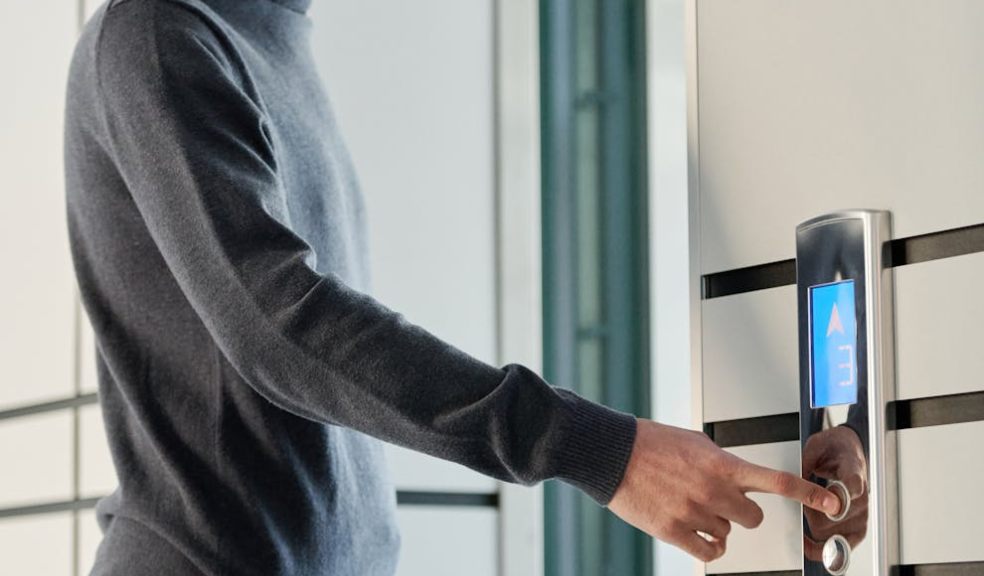
What are the safety features of a home elevator?
Safety is of importance when it comes to enhancing convenience and accessibility within your home. Home elevators come equipped with a range of features to ensure passengers' safety, offering peace of mind to homeowners and their loved ones. These safety measures play a role, in providing a transportation experience from emergency stop buttons to backup power sources. They instill confidence in users, residents, and homeowners reinforcing trust in the reliability and safety of the elevator system. Let's take a look at the safety measures in residential elevators that contribute to creating a safe space for users.
Emergency Stop Button
The emergency stop button is a safety component in an elevator that allows passengers or operators to swiftly halt the elevator during emergencies or malfunctions. Once activated the Emergency Stop Button immediately halts the elevator movement. Prevents operation until it is reset. This feature can be vital, in emergencies as it swiftly brings the elevator to a stop helping prevent accidents or injuries while enabling passengers to safely exit or await assistance.
The elevator's user-friendly design and accessibility play a role, in ensuring passenger safety instilling confidence in riders, and showcasing the elevator manufacturers' dedication to prioritizing passenger well-being.
Door Interlocks
Elevator door interlocks serve as a safety measure to prevent accidents and safeguard passengers. These mechanisms lock the elevator doors during movement preventing openings. Typically consisting of parts that engage when the doors close they create a barrier that keeps the doors shut until the elevator stops at its destination. The advantages of door interlocks are numerous. They prevent passengers from falling into the elevator shaft by keeping the doors closed while the elevator is, in motion. Moreover, they reduce the risk of entrapment or injuries resulting from attempting to enter or exit a moving elevator. These locks provide assurance and peace of mind to passengers and occupants of buildings.
Overload Sensor
In elevators, overload sensors are designed to identify when the cabin exceeds its weight limit triggering the system to halt operations until excess weight is removed. By monitoring load capacity these sensors help prevent situations where overloading could lead to issues, malfunctions, or accidents.
Overload sensors play a role, in maintaining the elevator system's integrity by preventing damage from excessive weight. They help ensure passenger safety by reducing the chances of elevator malfunctions or breakdowns due to overloading. Using overload sensors improves the reliability, safety, and durability of lift systems guaranteeing a secure ride for passengers.
Safety Brake System
The Safety Brake System installed in elevators is designed to prevent falling in case of a power outage or malfunction. Equipped with brakes that engage automatically when abnormal conditions, like speed or power loss detected this system prioritizes passenger safety and avoids potentially disastrous incidents. By activating the brakes it halts the movement of the elevator. Secures it in place until the issue is resolved or emergency assistance arrives. The safety brake system offers passengers peace of mind knowing that the elevator remains stable and safe during emergency situations. Moreover, this system adheres to safety standards providing assurance to building owners, occupants, and regulatory bodies alike.
Backup Power Supply
A backup power supply serves as an energy source that allows elevators to keep operating ensuring passengers can reach their destinations or exit safely when needed.
In case of a power outage elevator passengers won't get stuck inside which helps prevent feelings of claustrophobia, panic, or harm. It also assists in emergency evacuation plans ensuring an effective response, during crises. Furthermore having a power source improves the reliability and convenience of the elevator system minimizing disruptions to operations and ensuring accessibility for individuals with mobility limitations or disabilities. This promotes confidence and peace of mind for elevator users.
Handrail and Grab Bars
Handrails and grab bars in elevators are safety features that provide passengers with support and stability during travel. Handrails are typically installed along the walls of the elevator car to help passengers maintain their balance while standing. Grab bars are strategically placed inside the car to give passengers support to hold onto. These features are particularly useful for seniors, individuals with mobility challenges, and those carrying loads as they help reduce the risk of slips, falls, and accidents. Additionally handrails and grab bars improve accessibility by making elevators more user-friendly for people, with abilities.
Fire-rated Materials
Fire-rated materials used in elevators are components made from materials that have been tested and certified to withstand fire for a duration. These materials are commonly used in parts of elevators such as walls, doors, floors, and control panels to reduce fire risks and improve passenger safety. In case of a fire, these fire-rated materials help limit the spread of flames, smoke, and heat within the elevator space giving people time to evacuate safely. By including fire materials in elevator design and construction both building owners and occupants can feel confident that their elevator system is prepared to handle fire emergencies safeguarding lives and assets.
To sum up, the safety features integrated into elevators play a role, in prioritizing passengers well being and security. Swift Lifts offers Residential elevators to users a sense of assurance and trust in their travel experience by incorporating safety protocols. When considering elevator installations it's important to check if these safety measures are included in the pricing provided by your elevator installation contractor.














